Carbon in PermafrostPermanently frozen ground. Experimental Heating Research the name of the experiment(s) going on at the site along the Stampede Trail outside of Healy, AK. is just that. Soil is being warmed through the winter months at three separate plots by increasing the snow depth over part of the plot. This is done artificially by the construction of fences. These fences are arranged perpendicular to the prevailing winter winds.
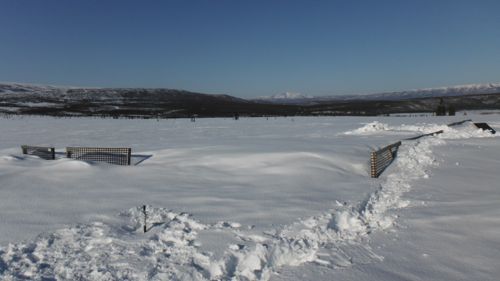
The height of the fences is designed to allow enough snow to drift up against them to increase the soil temperature by 2-3C. Snow insulates the ground. The deeper the snow the warmer the ground stays through the winter months.
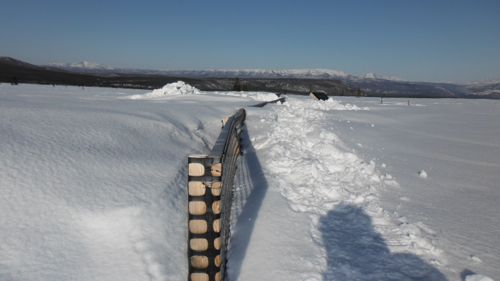
The side of the fence opposite the prevailing winds where the snow does theoretically build up is designated as a control. Carbon dioxide that is a by-product of microbial respiration and is also released during melting permafrost is measured throughout the year on the warming side of the fences as well as the control side. (See journal entry dated April 2, 2013.)
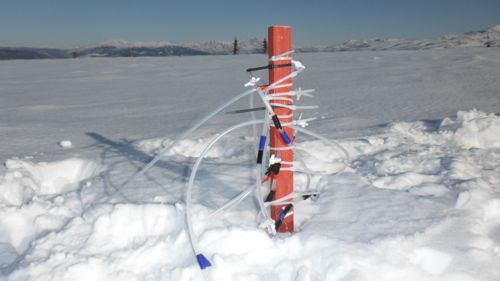
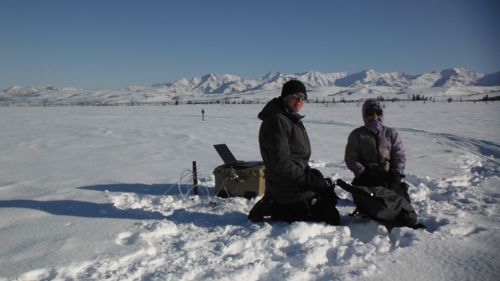
The LI-COR CO2 analyzer is the primary instrument used by the research team to gather data on CO2 emitted by warmed and unwarmed (control) tundra soils.
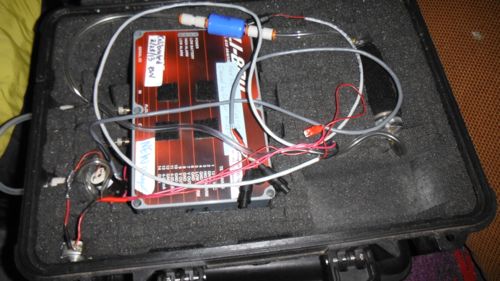


Comments